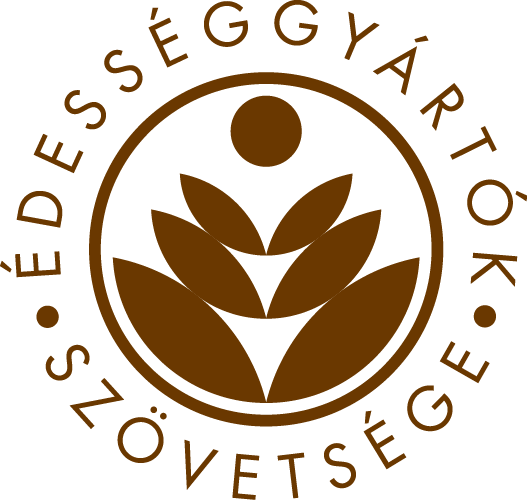‘Changing trends and opportunities in the confectionery industry.’
AUTHENTICITY
It is noticeable that the consumer demand for sugar-free diets is leaning towards a desire for authenticity, which mainly requires sweets to be authentic: with natural ingredients, no artificial additives and preservatives, and the products are preferred to have a low quantity of sugar instead of sweeteners.
ORIGINALITY AND SIMPLICITY
The informed consumer wants to understand what they are consuming and therefore appreciates not only authenticity but also simplicity and clarity in a positive sense, which is a trait of good quality and not over-sophisticated confectionery. Perhaps the closest example is the world-conquering Italian cuisine: simple yet delicious foods made from fresh, natural ingredients.
INDIVIDUALIZATION – AT MASS LEVEL
Manufacturing technology will enable the contradictory ‘mass individualization’ that can efficiently produce products and / or packaging tailored to the smallest groups or even individuals.
TRADITION AND INNOVATION
Consumers appreciate trusted brands with deep traditions, which provide a very strong basis in an environment where the level of trust in institutions, companies and politics has drastically declined. From this point of view, the confectionery market is well-positioned because practically everyone loves sweets. For this reason, strong brands and perceptions with continued traditions (e.g. Swiss chocolate, Belgian praline, French dessert, and Scandinavian biscuits) may continue to be well-received. In addition, the need for novelty also creates opportunities for confectionery manufacturers, which may not necessarily mean changing old products, but rather developing new products according to the previous considerations.
THE CHALLENGES OF THE INDUSTRY
Can we be disruptive with a product such as chocolate? Beyond product-level innovations (e.g., sugar formula, ruby chocolate, superfood), the innovation in manufacturing (individualisation) and consumer relations (channels and communication) can be a significant differentiator. This is especially true for traditional products where consumers appreciate originality.
We are a volume industry; how can we profit from this? New, highly flexible technologies can offer many opportunities to improve the consumers’ perception of us. It has to be accepted at some level that confectionery, even its premium segment, is manufactured for a great number of people.
Convenience, with a good conscience – isn’t this contradictory? The trendy consumer wants to obtain the confectionery produced for them in the most convenient way (channels), to consume it in the most comfortable way (packaging), enjoy it as much as possible (recipe, originality), all this with a good conscience (knowing what they eat fits within a healthy diet, and is also environmentally sustainable). These at times conflicting needs will not be easy to meet.
What does the food gap hold for us? The conscious consumer with a high standard of living, who buys premium products and is open to innovation and appreciates tradition, is only one segment of the market. What does a person living on the less fortunate side of life consume? We have to trust that with the spread of education and the expansion of the middle classes, more and more people will be able to afford high quality food, including confectionery, prompted not only by their wallets, but also by their needs. The industry can play a role in shaping this point of view.
Will quality food be a status symbol? However, as food becomes more expensive due to environmental changes and the climate emergency, good food is expected to become a status symbol that only the more fortunate will be able to afford. And if high-quality food is to be considered a luxury, the industry will find it difficult to avoid high-quality manufacturers becoming similarly divisive as other luxury product manufacturers.
TOBLERONE
Thanks to Mondeléz and the Swiss Federation, the Toblerone factory was introduced to the participants of the general assembly. Toblerone is one of the best examples of a successful traditional – authentic – original category. Demand for premium products is so high that the plant is operating at full capacity. For more than a century, the famous triangular chocolate has been made with an essentially unchanged formula, exclusively in Switzerland, with Swiss alpine milk, Mexican honey and Californian almonds. Product development has seen the emergence of dark chocolate, fruity and bite-size products in recent decades. Most of the premium product sales are generated by airport boutiques, and Mondeléz has gradually withdrawn Toblerone from the low-cost stores where it used to be available. The factory near Bern operates in three shifts, almost fully automated, in an end-to-end closed system with minimal human intervention, at an extremely high rate of efficiency, and supplies the whole world with this sweet solely from this plant.



